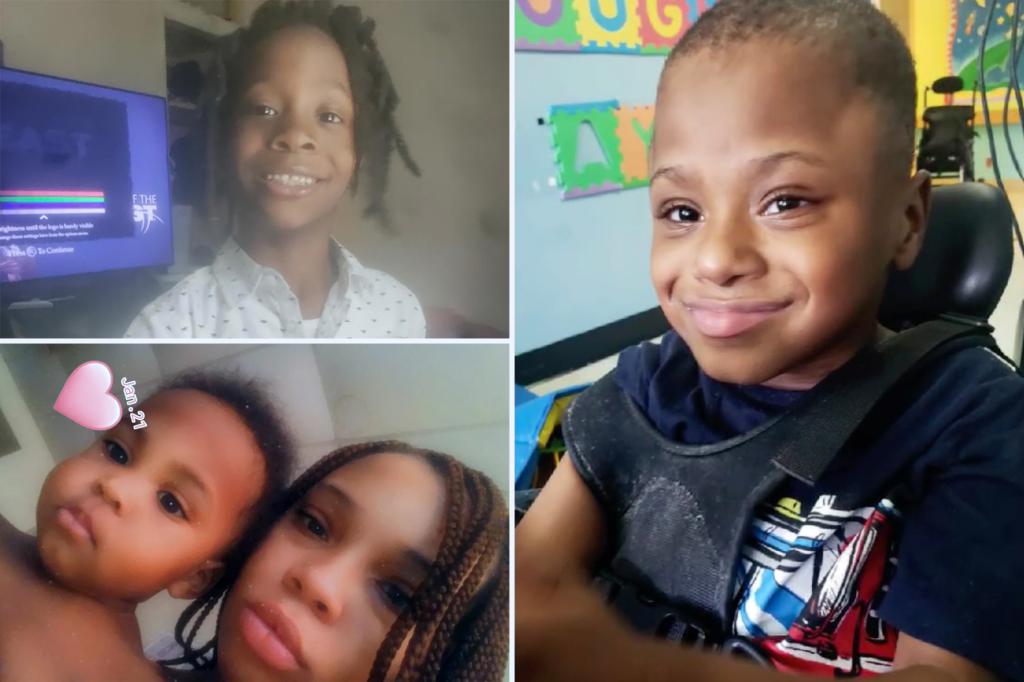Unraveling the Crisis: How NYC’s Child Services Agency Fails Vulnerable Children
New York City’s Administration for Children’s Services (ACS), tasked with protecting at-risk youth, faces mounting scrutiny as systemic failures leave vulnerable children in harm’s way. Investigations reveal chronic understaffing, bureaucratic delays, and missed warning signs, resulting in tragic outcomes. With over 200,000 annual reports of abuse or neglect, the agency’s shortcomings demand urgent reform to prevent further casualties.
A System Under Strain: Overwhelmed Caseworkers and Deadly Oversights
ACS caseworkers handle an average of 12-15 active cases simultaneously—nearly double the recommended workload. This strain contributed to the agency failing to intervene in 78% of child fatality cases where families had prior contact with ACS, according to 2022 city audits. “Workers are making life-or-death decisions while drowning in paperwork,” says Dr. Elena Martinez, a child welfare researcher at Columbia University. “The system prioritizes compliance over actual child safety.”
Recent tragedies underscore these gaps:
- 2023: A 7-year-old Bronx boy died from malnutrition despite 5 prior neglect reports
- 2021: Siblings in Brooklyn starved while under ACS supervision
- 2019: 6-year-old Zymere Perkins was beaten to death after 6 missed ACS visits
Bureaucratic Breakdowns: When Red Tape Costs Lives
ACS’s $3 billion budget fails to reach frontline services effectively. A 2023 City Council report found:
- 42% of caseworker positions vacant in high-risk districts
- Average 11-day lag in initiating investigations
- 15% of foster care placements lacking required safety checks
“We’re seeing the same patterns as the 1990s—underfunded prevention programs and reactive crisis management,” notes former ACS Commissioner Gladys Carrión. The agency’s 65% staff turnover rate exacerbates these issues, with inexperienced workers handling complex cases.
Voices From the Frontlines: Workers Speak Out
Anonymous caseworkers describe impossible choices:
- “I have 48 hours to assess a home but can’t get past the building’s locked door”
- “My supervisor told me to close cases because we lacked manpower to investigate”
- “We remove kids too quickly from some families and leave others in danger too long”
Meanwhile, community organizations report frustration. “We alert ACS about clear danger signs, then watch nothing happen until it’s too late,” says Marisol Vargas of Harlem Child Advocacy Network.
The Human Toll: Families Caught in the Crossfire
The system’s failures create collateral damage. Racial disparities persist—Black children represent 53% of foster care entries despite being 22% of NYC’s youth. “ACS either terrorizes innocent families or abandons endangered kids,” argues family attorney David Chen. “There’s no middle ground.”
One Brooklyn mother, whose children were temporarily removed during a baseless report, describes lasting trauma: “They treated me like a criminal for being poor. My kids still have nightmares.”
Pathways to Reform: What Experts Say Must Change
Advocates propose urgent measures:
- Workforce investment: Reduce caseloads to 8 per worker with competitive salaries
- Prevention focus: Redirect 30% of budget to family support programs
- Oversight overhaul: Create independent monitoring with subpoena power
- Community partnerships: Expand trusted neighborhood reporting networks
“This isn’t about more money—it’s about smarter systems,” insists City Councilmember Amanda Farías, chair of the General Welfare Committee. Pilot programs pairing ACS with mental health teams show promise, reducing repeat maltreatment by 40% in test districts.
The Road Ahead: Accountability or Continued Crisis?
With mayoral elections approaching, child welfare emerges as a key issue. Proposed state legislation would mandate real-time case tracking and public dashboards. Meanwhile, ACS pledges to hire 500 new workers by 2025—a move critics call “too little, too late.”
As the city grapples with these systemic failures, one question remains: How many more children must suffer before meaningful change occurs? For concerned citizens, experts urge contacting local representatives to demand action. The time for empty promises has passed—New York’s most vulnerable children deserve protection today.
See more WebMD Network



